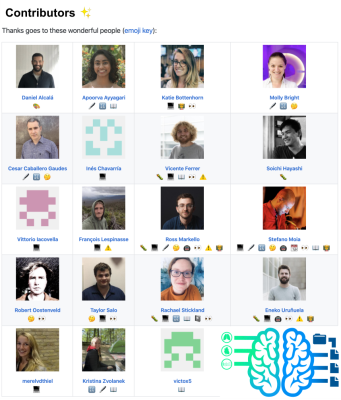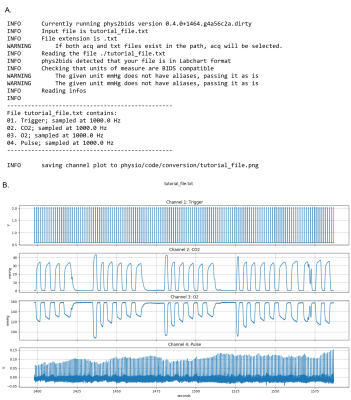Katherine Louise Bottenhorn1, Daniel Alcalà-Lopez2, Apoorva Ayyagari3, Molly G Bright4, César Caballero-Gaudes2, Inés Chavarria2, Vicente Ferrer2, Soichi Hayashi5, Vittorio Iacovella6, François Lespinasse7, Ross Davis Markello8, Stefano Moia2, Robert Oostenveld9,10, Taylor Salo1, Rachael Stickland4, Eneko Uruñuela2, Merel Margaretha van der Thiel11, and Kristina M Zvolanek12
1Department of Psychology, Florida International University, Miami, FL, United States, 2Basque Center on Cognition, Brain and Language, Donostia, Spain, 3Northwestern University, Chicago, IL, United States, 4Physical Therapy and Human Movement Sciences, Northwestern University, Chicago, IL, United States, 5Indiana University, Bloomington, IN, United States, 6CIMeC - Center for Mind / Brain Sciences, The University of Trento, Trento, Italy, 7Psychology, Université de Montréal, Montréal, QC, Canada, 8McGill University, Montréal, QC, Canada, 9Donders Institute for Brain, Cognition and Behaviour, Radboud University, Nijmegen, Netherlands, 10NatMEG, Karolinska Institutet, Stockholm, Sweden, 11Department of Radiology & Nuclear Medicine, Maastricht University Medical Center, Maastricht, Netherlands, 12Biomedical Engineering, Northwestern University, Chicago, IL, United States
1Department of Psychology, Florida International University, Miami, FL, United States, 2Basque Center on Cognition, Brain and Language, Donostia, Spain, 3Northwestern University, Chicago, IL, United States, 4Physical Therapy and Human Movement Sciences, Northwestern University, Chicago, IL, United States, 5Indiana University, Bloomington, IN, United States, 6CIMeC - Center for Mind / Brain Sciences, The University of Trento, Trento, Italy, 7Psychology, Université de Montréal, Montréal, QC, Canada, 8McGill University, Montréal, QC, Canada, 9Donders Institute for Brain, Cognition and Behaviour, Radboud University, Nijmegen, Netherlands, 10NatMEG, Karolinska Institutet, Stockholm, Sweden, 11Department of Radiology & Nuclear Medicine, Maastricht University Medical Center, Maastricht, Netherlands, 12Biomedical Engineering, Northwestern University, Chicago, IL, United States
Physiopy focuses on physiological signals in MRI. It has deployed a stable release of its data processing tool, phys2bids, and actively develops a tool for removing physiological noise in fMRI data, as well as documentation, tutorials, and APIs.


